Ever felt that you have too many cables in your home and don’t know which one leads where? Welcome to my world! Here’s my recipe to how to make the situation easier.
It all starts with a sticky tape.
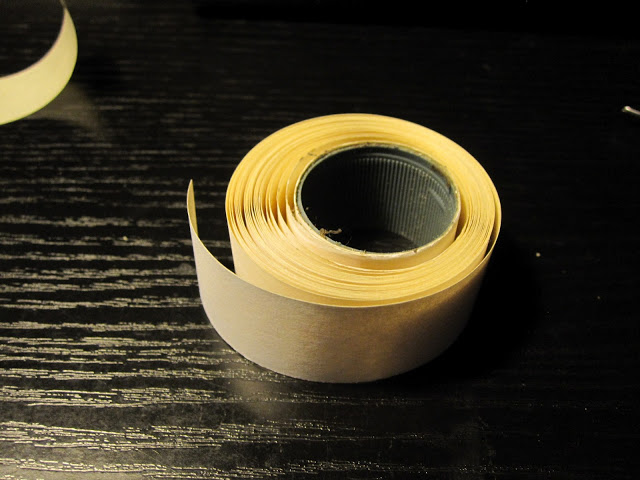
Now comes the pen.
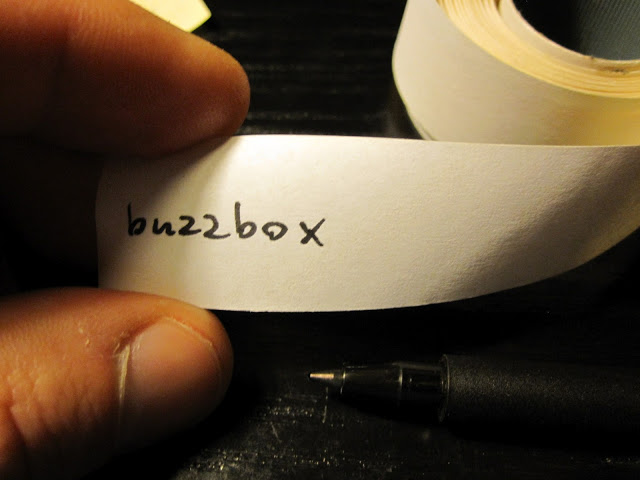
Let’s cut the tape with scissors.
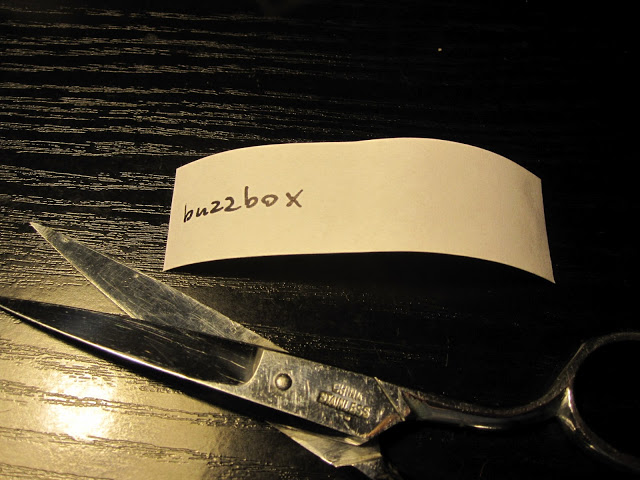
At this point you should remove the protective foil from the back of the tape to expose the glue and shape a loop.
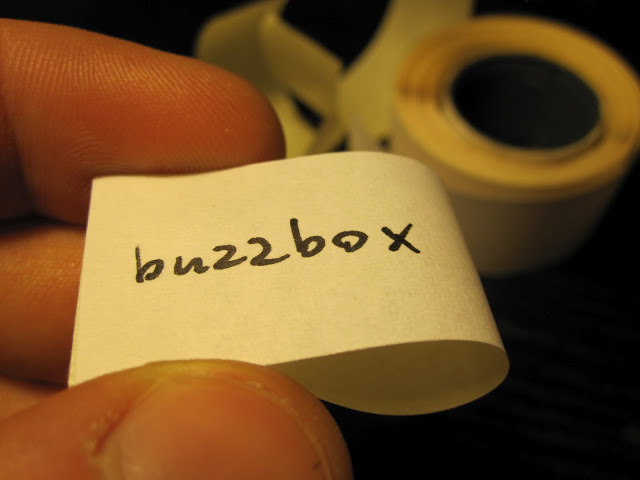
As a final move, pull the cable through the loop and push the tape against the cable to make it stick.
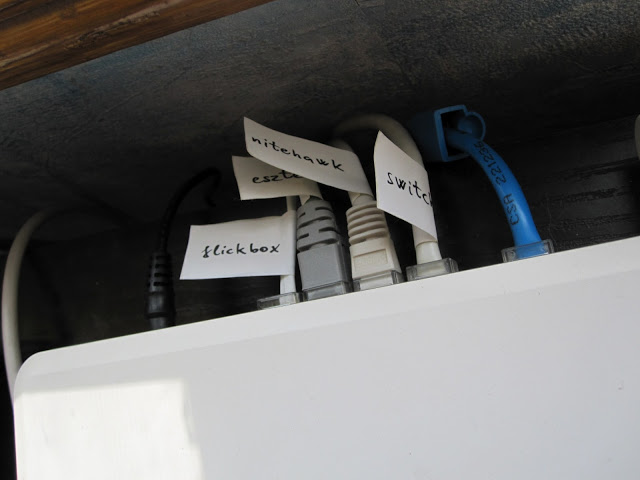
When doing all the above properly, you’ll get a of sight that makes the pants of any nerd wet.
Pingback: Hackaday Links: April 25, 2011 - Hack a Day
Pingback: Hackaday Links: April 25, 2011 « Black Hat Security
I used to be a central office installer.
may I suggest a 2 line label .
Top line is where it came from
bottom line where it is plugged in.
Just like labeling main frame
blocks and relay racks.
The label would be the opposite
on the other end.
I’ve been doing this too using some tape that is made of paper and allows writing with almost anything on it. You can find the tape in shops that sell paints for walls, it’s used to cover up sensitive ares.
I’d recommend using electrical insulation tape instead of painting masking tape as masking tape tends to leave a horrible sticky residue after a bit.
Kevin: It depends on the exact kind of tape but electrical insulation tape might be better. I’m not sure about whether it’s feasible to write on its surface, though.
Laci: I use a Sharpie – type permanent marker. A normal pen definitely doesn’t work. Electrical tape is also quite tear-resistant (within reason :-) ) Any kind of tape is pretty much better than nothing, though, so go with whatever works for you.
I write on electrical tape all day, just need a sharpie.
Thanks for the tip, guys. I might give the electrical tape and sharpie combo a try eventually.
Don’t do this if the cable will be near a hot exhaust. Eventually the sticky bit will melt and fall off just leaving a sticky mess behind. I’d recommend just writing on the cable with a permanent pen.
James: The glue can be cleaned up fairly easily using some alcohol. Writing on the cable itself is an interesting idea but if the host on the other end gets replaced then it’s not that practical.
I’ve done this before, but found the adhesive tape can be a sticky mess. They pick up dust and cat hair. The shift over time, and they are messy to remove–leaving sticky gunk on the cable.
My solution was to use strips of heavy paper (3×5 card stock) and a simple staple. To remove, you just tear the old label off, and staple on a new one.
Pingback: Hackaday Links: April 25, 2011 - machine quotidienne
While any sticker will eventually fail and leave some goo behind there are some made specifically to last longer in hot or cold datacomm environments. Google ZT-LSL-77-602 to see an example of a nice label that has a white area to write on (also laser printable) and also a clear area. You wrap the white part around the cable and then keep wrapping the clear part over that. The writing is protected. You don’t get a nice flap sticking up to read but the thing will last a long time. Every time I’ve used something else; label makers, tape, address labels, etc. they have come off quickly.
If you look around there are several brands and they come in many shapes sizes and colors. I think they come in both rolls and 8.5×11 sheets for laser printing but you can use a pen on them.
Scott: Very good stuff! Wire marker seems to be a more general term for this.
You can buy nylon tie wraps with tags that are sharpie friendly. That is what I do. Snap off the tag if you don’t need it but it is faster and cleaner than the tape solutions. Cheap too. Mouser and Digikey got ’em.
Dave: Links, please!
At a previous job we did up serialized labels for ethernet and other cables in our comms and server rooms. If one end said 8002, and you could find the other end that said 8002, you knew it was the same cable. We wrapped it around the cable though, so they could be pulled out of looms easily.
At one point we used actual names, but then we had to relabel if we reused the cables. This way doesn’t add much of a pain, and saves the time in relabeling.
theducks: Yeah, but you wanna have to maintain a lookup table when using this method. It seems a good solution for larger installations, though.
This is yet another interesting solution: http://dangerousprototypes.com/2011/04/27/bus-pirate-breadboard-probe-cable/